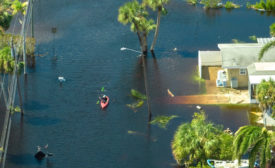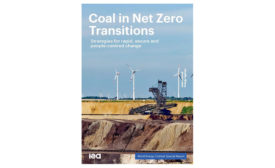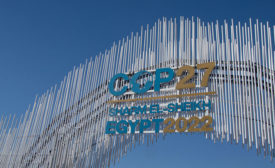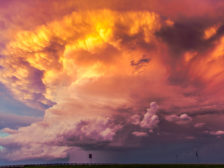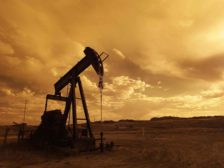Home » Keywords: » climate
Items Tagged with 'climate'
ARTICLES
White Paper
White Paper: Coal in Net-Zero Transitions Strategies for Rapid, Secure and People-Centered Change.
All scenarios modelled by the International Energy Agency (IEA) for the future of energy supply and demand that are consistent with international climate goals feature a rapid decline in global coal emissions.
December 19, 2022
USGBC Pushes for Greater Action and Accountability Following COP27
Even with the new COP27 agreements adopted last week, emission reductions, including those of the building and construction sector that account for 40% of energy-based carbon emissions, are not on track to reach net zero by 2050.
December 14, 2022
Be in the forefront of the mechanical engineering industry!
Join thousands of professionals today. Shouldn’t you know what they know?
JOIN NOW!Copyright ©2024. All Rights Reserved BNP Media.
Design, CMS, Hosting & Web Development :: ePublishing
